In this article, I’ll explore what AI intent is, types of AI intents, its components, and why it all matters.
Table of Contents
What is an intent in AI?
Just as the “intent” behind an action unveils the purpose behind it, intent in AI reveals the specific goal a user wants to achieve when interacting with an AI system.
Specifically, intent in AI refers to the ability of an AI system to understand the meaning behind a user’s input and ascertain whether it’s a question, command, or request. This understanding allows AI systems to respond appropriately and efficiently, tailoring their actions to the user’s underlying needs.
This is why recognizing intent is a fundamental component of conversational AI agents, virtual assistants, and search engines — it enables them to comprehend, categorize, and satisfy user needs effectively.
Importance of Intent in AI
In my research, I discovered that there are a few reasons why AI’s ability to recognize intent is important.
- Like I’ve mentioned before, by understanding intent, AI systems can provide responses that are more relevant and personalized. When you don’t have to enter a thousand queries just to find a product page in an ecommerce store, the interaction becomes smoother and more satisfying, ultimately improving user experience.
- In my experience, identifying intent in AI is particularly useful for streamlining customer support. When AI chatbots, virtual assistants, and help desks are capable of intent recognition, businesses can save both time and effort. What this translates to is better customer service and increased customer retention rates. According to our latest State of AI in Customer Service, 92% of our respondents say that implementing AI improved their response times, and 83% said AI made it easier to respond to customer requests.
- Identifying intent could also drive higher engagement and conversion rates, particularly in industries like ecommerce, digital marketing, and customer service. AI chatbots, for example, can upsell or cross-sell products by detecting when a customer shows interest in related items.
Types of AI Intents
The various types of AI intent address the question: What are users aiming to achieve when they interact with an AI system? Although there may be many intentions behind an interaction, AI intent is broadly categorized based on the primary purpose and context of user interactions.
Without further ado, here are some of the key types of AI intent.
1. Informational Intent
The next time you pop open ChatGPT to ask what the weather forecast is or how to bake a gluten-free chocolate cake for your best friend, AI interprets your intent as informational. This is because your query indicates that you intend to seek knowledge or answers to very specific questions. In this case, the AI system can get into the nitty-gritty of the best gluten-free chocolate cake recipe the world has ever seen.
Remember AI Overviews? A recent study that reviewed over one million keywords found that over 96% of AI Overviews show up in response to informational user intent.
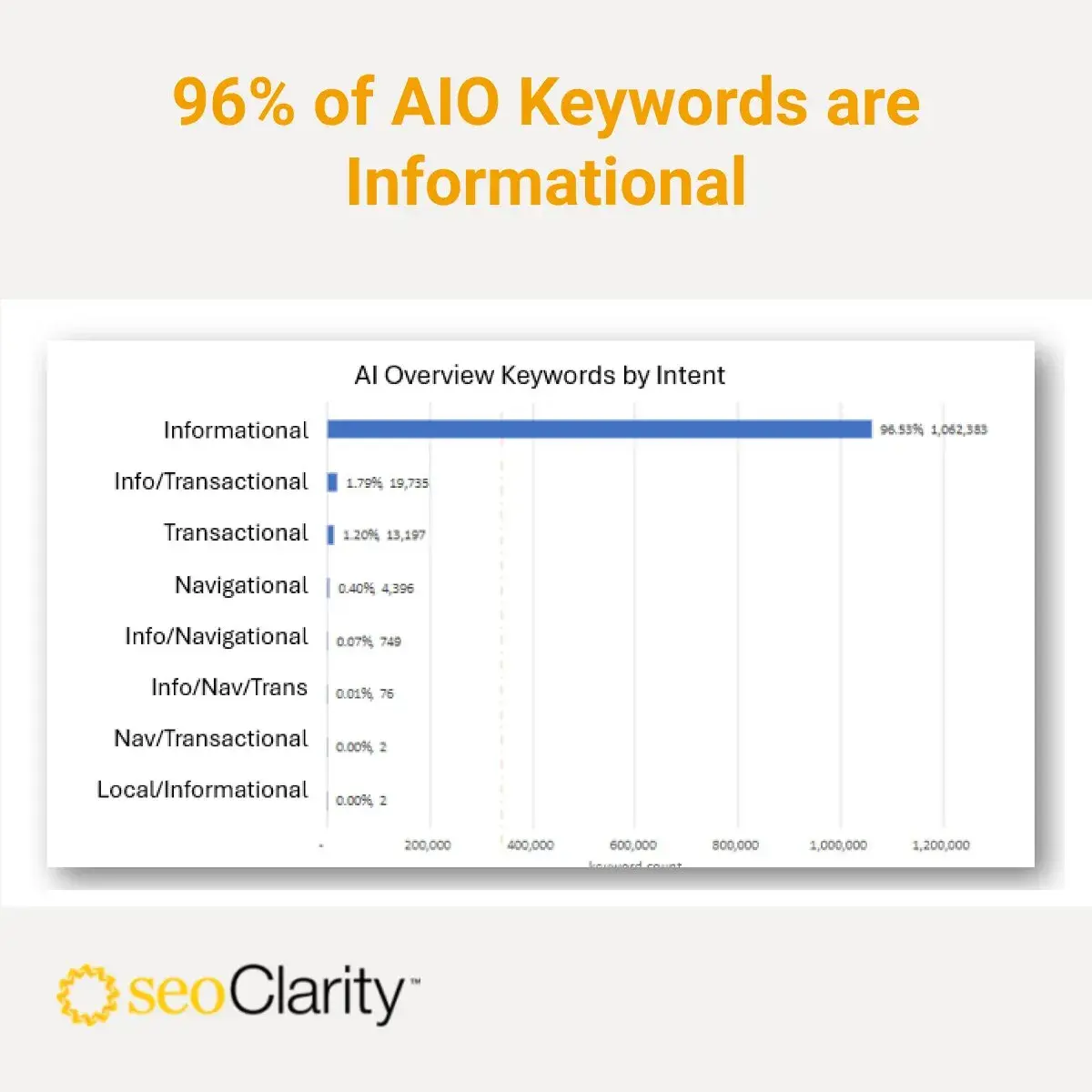
2. Navigational Intent
As the name implies, navigational intent refers to a user’s desire to locate a specific website, platform, or resource. For example, when someone searches for “nearest Starbucks” or “HubSpot free CRM,” they are not looking for general information or comparisons — they need direct access to that destination. This is why these searches often involve the brand or domain name.
In this case, AI’s role is to direct them effectively. AI systems, especially in search engines and chatbots, excel at identifying and addressing navigational intent by providing links or direct access to the requested service.
3. Transactional Intent
When a user intends to perform an action, such as making a purchase or booking a service, the AI system interprets the intent as transactional. For instance, when a user searches for “buy iPhone 15,” the system identifies the intent to purchase and can direct the user to relevant product pages or even go as far as helping the user initiate the buying process.
I find this particularly interesting as it has now given rise to concerns about an “intention economy,” as reported by The Guardian, where AI can now understand, forecast, and manipulate human intentions and sell that data to the highest bidders. The study suggests that “in an intention economy, an LLM could, at low cost, leverage a user’s cadence, politics, vocabulary, age, gender, preferences for sycophancy, and so on, in concert with brokered bids, to maximize the likelihood of achieving a given aim (e.g., to sell a film ticket).”
4. Support Intent
This type of AI intent is particularly relevant to AI customer service chatbots and help desks as it focuses on identifying users who seek assistance or solutions to problems.
User queries with support intent could look like any of these:
- When can I expect my order?
- How do I reset my password?
- Can you help me track my package?
- I can’t access my account. What should I do?
AI systems designed to recognize support intent provide timely, relevant responses to troubleshoot or guide users, thereby leading to increased customer satisfaction.
According to Kieran Flanagan, HubSpot’s SVP of Marketing, “In an AI world, support is live 24/7. And it probably has, over time, a better experience because an AI bot can have all of the information at once, where it’s really hard for an individual support agent to be able to have all of that information.”
Components of AI Intents
While the types of AI intent refer to the categories of goals or objectives that users aim to achieve when interacting with an AI system, the components of AI intent focus on the building blocks required to interpret and process that intent accurately. I like to think of the distinction this way: The types of AI intent describe the why, while its components describe the how.
The key components involved in identifying and processing AI intents include:
1. User Input (Query)
The process begins when the user issues a query, such as typing a question or speaking a command. This query acts as the starting point for everything that follows. The clearer the query, the easier it is for the system to figure out the user’s intent and deliver an accurate response.
2. Intent Classification
After receiving the query, the system determines its overarching purpose. Is the user seeking information (informational intent)? Are they trying to complete a specific action, like buying new headphones (transactional intent)? Do they need support in completing a process (support intent)? AI systems leverage natural language processing (NLP) techniques and pre-trained models to classify the intent and map it to a suitable response.
3. Context Awareness
Context awareness is another vital component of this process, allowing AI to factor in situational or historical information to refine its understanding. This “context” includes things like the time of day, location, or even past interactions with the system.
For example, if you ask to “book a table,” the system needs context to understand whether you mean a restaurant reservation or a meeting room. Without context, the system may misunderstand and give the wrong response. Using methods like contextual understanding and word sense disambiguation, therefore, ensures continuity and relevance in ongoing conversations, especially in multi-turn dialogues.
4. Entity Recognition
Entities are specific pieces of information within the user’s input that provide context to the intent. Unlike context, entity recognition does not rely on history or user-specific information. It focuses on extracting essential details from the query itself to generate a response.
For example, in the query “track my headphone order,” the entities here are “track,” “headphone” and “order,” and they allow the system to interpret the request and match it to the appropriate action without needing broader context or prior interaction.
5. Expressions
Also known as “utterances,” these are the various ways users may phrase their queries. It is normal for many expressions to convey the same intent but just be articulated differently. This is why AI models are typically trained on unique expressions relevant to the different intent categories to ensure they are able to understand and process user queries accurately.
As an example, user A may ask, “Where can I eat around here?” while user B simply inputs “nearest restaurant.” Despite the difference in phrasing, the intent — which is navigational in this instance — is identical.
AI Is the New Normal
In a world where customers prioritize convenience, speed, and uber personalization, interacting with an AI system that can nearly read your mind is no longer a nice to have. It’s an expectation.
As AI bots become more common in the customer experience, anything less will be a disappointment or a frustration, in my opinion. Businesses that are able to train their systems to meet those expectations will have many good stories to tell.
Artificial Intelligence

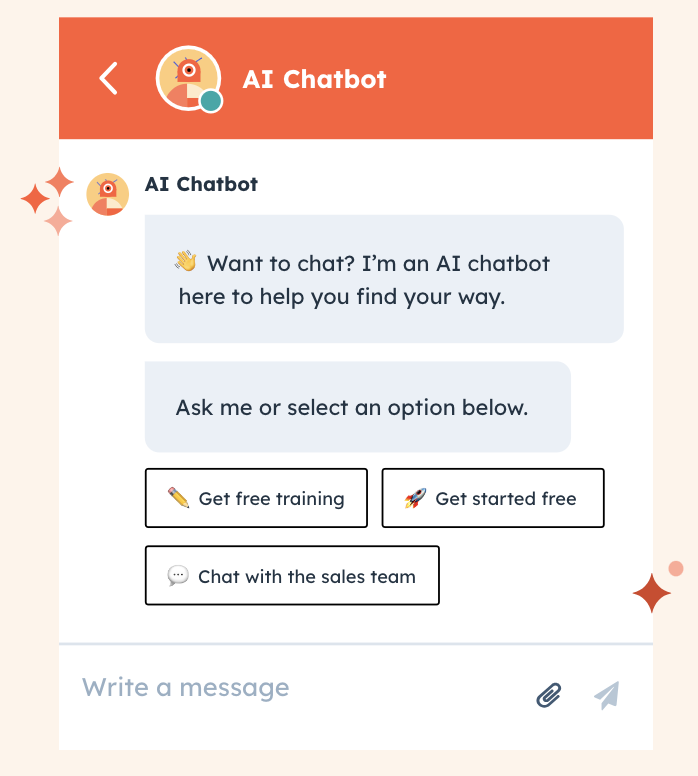
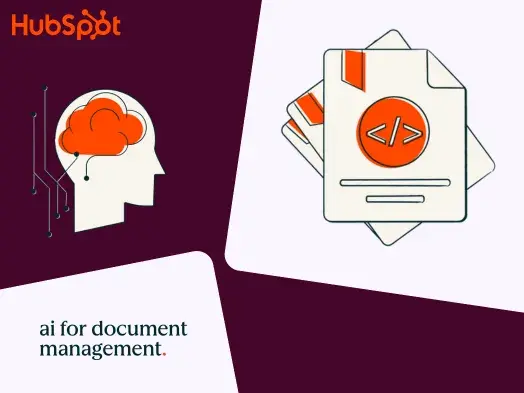
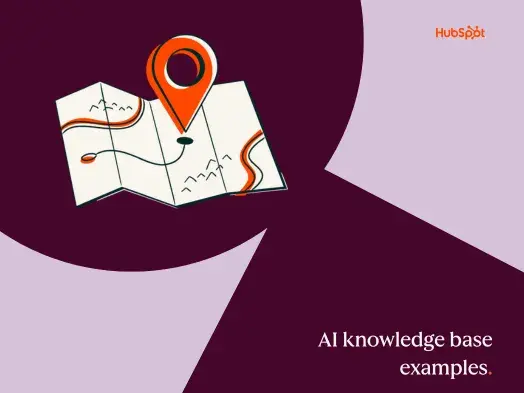
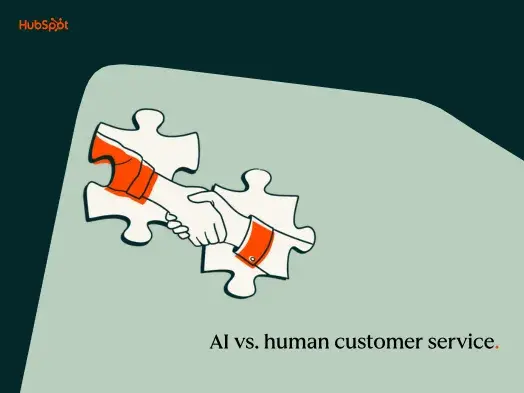

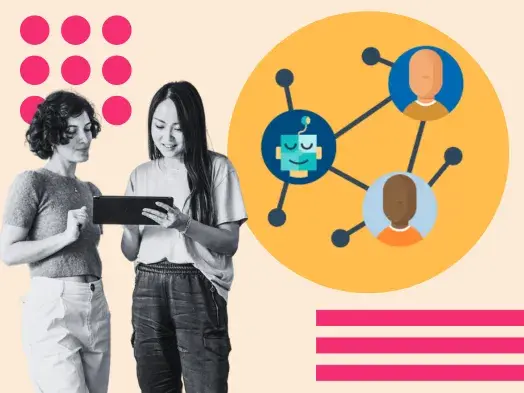
![How AI Can Unlock Customer Insights [+Expert Tips]](https://53.fs1.hubspotusercontent-na1.net/hubfs/53/customer-insights-ai-1-20241101-2082956.webp)



